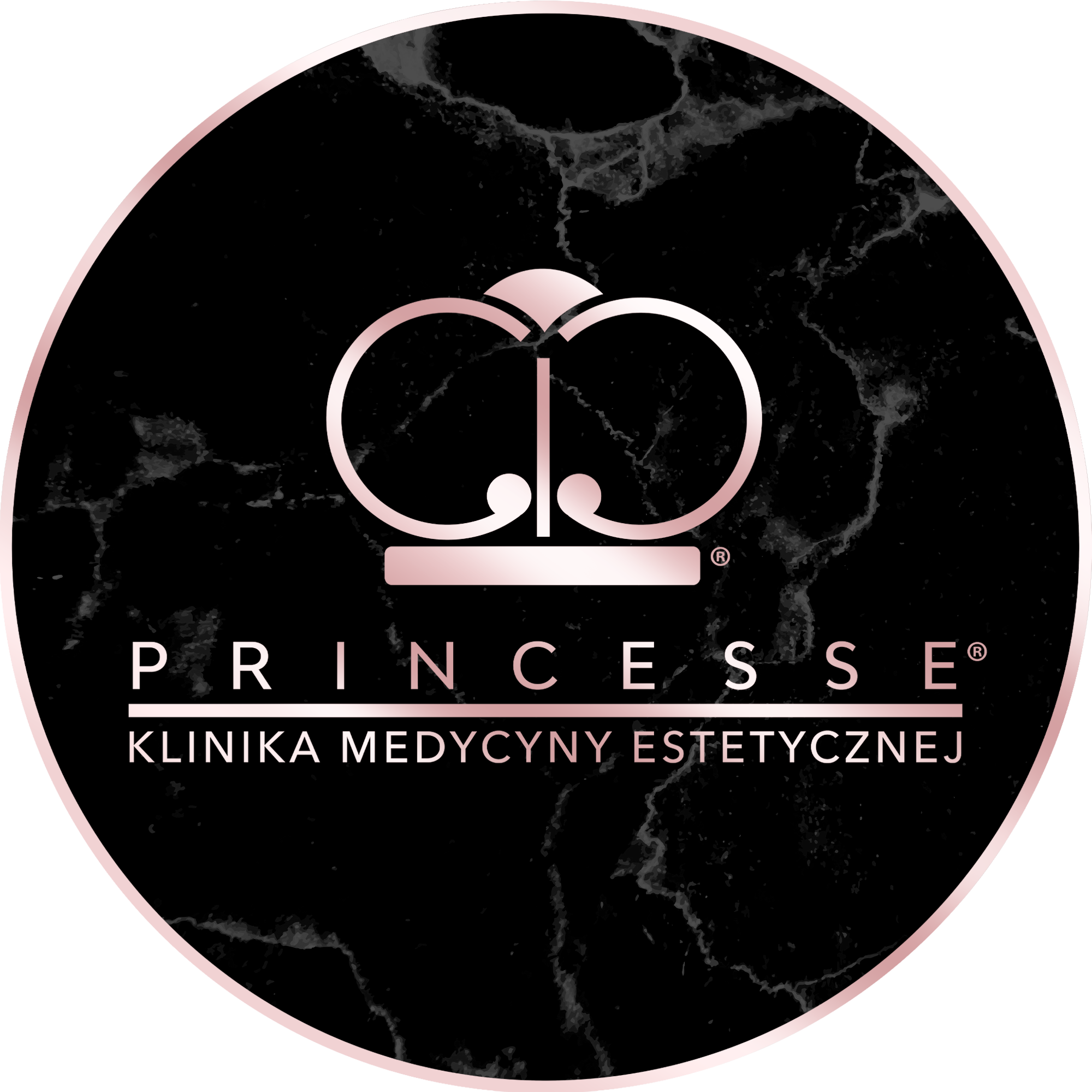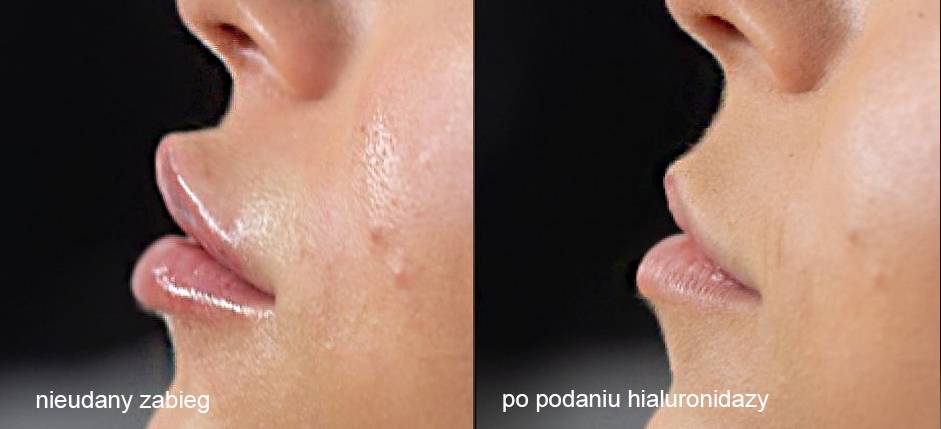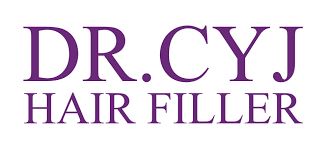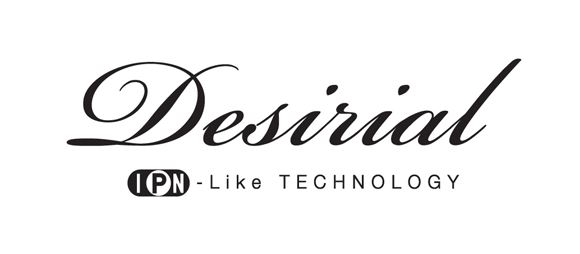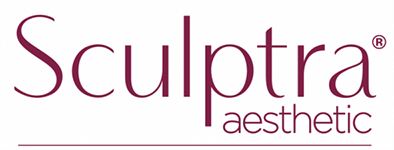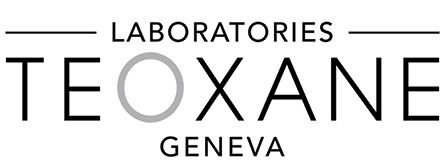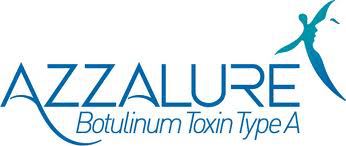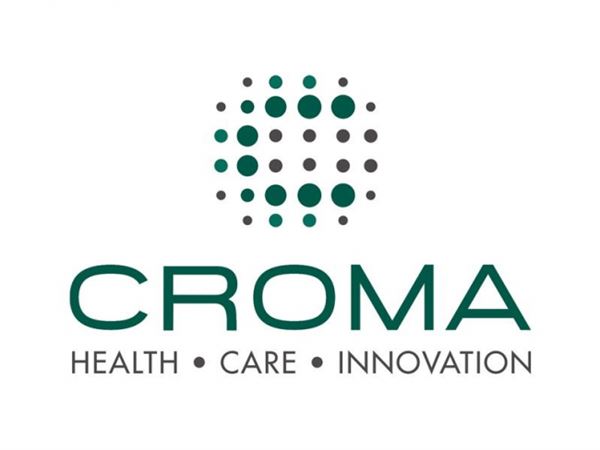The most dangerous complication after hyaluronic acid administration is blockage of a blood vessel. This can happen in two ways. The first way is injecting the filler directly into the vessel lumen. The other way is blockage of the vessel through strong pressure of the filler on the tissues. Both are equally dangerous, because if left untreated, they lead to tissue necrosis. The first symptoms of vessel blockage after hyaluronic acid injection include severe pain, whitening and cooling of the skin in the site of injection, tingling and numbness, and even loss of sensation. When working around the eye or nasolabial folds, sudden loss of vision can also be a symptom. In 90% of cases, symptoms appear immediately after administration and an experienced physician can recognise them and apply the appropriate treatment. However, in 10% of cases, symptoms may not appear until two to three days later, when the Patient is already at home and the acid has increased in volume by taking on water and can cause vascular compression. Therefore, if you notice any of the worrying symptoms after a hyaluronic acid procedure, immediately contact the physician who has performed the procedure or visit us – we are very experienced in treating even the most serious complications.
When a vessel becomes blocked, surrounding tissues do not receive enough blood and the process of their degeneration begins. To prevent irreversible changes, hyaluronic acid must usually be dissolved within a few hours. After rapid intervention, everything usually returns to normal immediately; circulation in the tissues is restored. However, Patients often report too late, sometimes even a few days after noticing symptoms. In some cases, they have tried to get help from the person who performed the procedure, but this person has not been able to help them due to not having necessary qualifications, experience or knowledge.
When the condition is already advanced, and severe bruising or petechiae can be seen on the skin, and it has even begun to decompose, in addition to dissolving the hyaluronic acid, we use long-term antibiotic therapy and medication to help restore circulation. Unfortunately, if a long time has passed since the vessel became blocked, the effects are not always reversible and tissue transplant is necessary. This is why it is so important to seek help as soon as possible in case of a suspected hyaluronic acid vessel blockage.
Which procedures entail the greatest risk of this complication? Undoubtedly, a forehead is the most dangerous area. Complications after hyaluronic acid administration in this area are so frequent that aesthetic medicine cosmetic medicine clinics have completely abandoned injecting fillers in this area. The second most dangerous area is a nose. Procedures around it should be performed very carefully with small amounts of hyaluronic acid per session. All other areas also require attention and safe administration.
